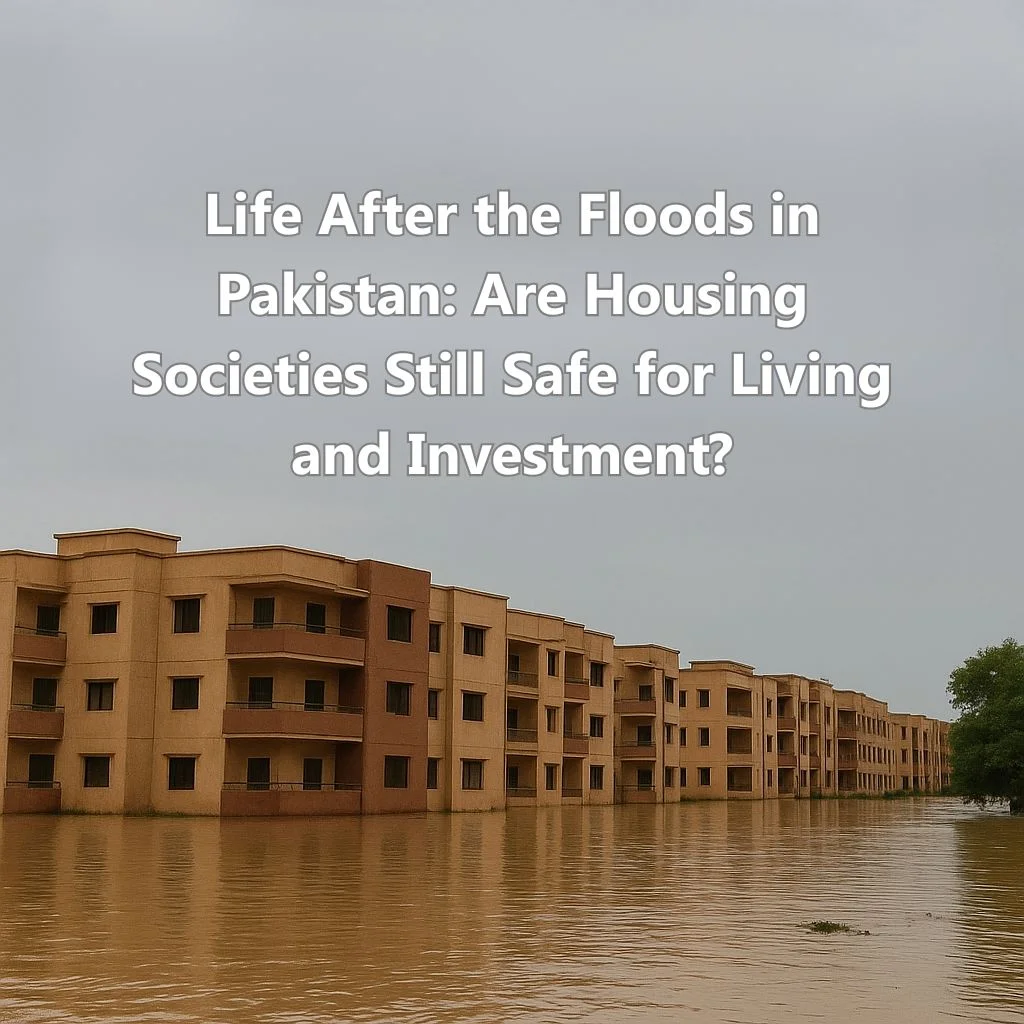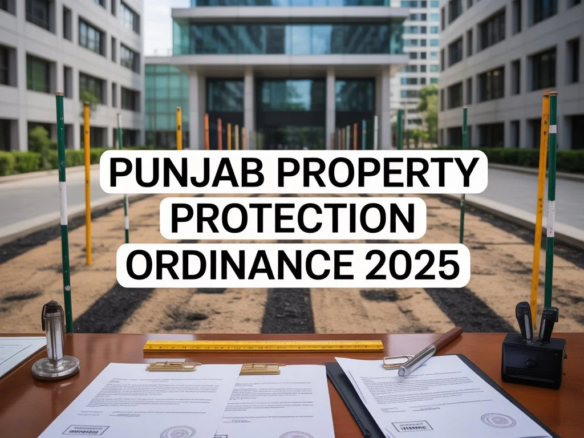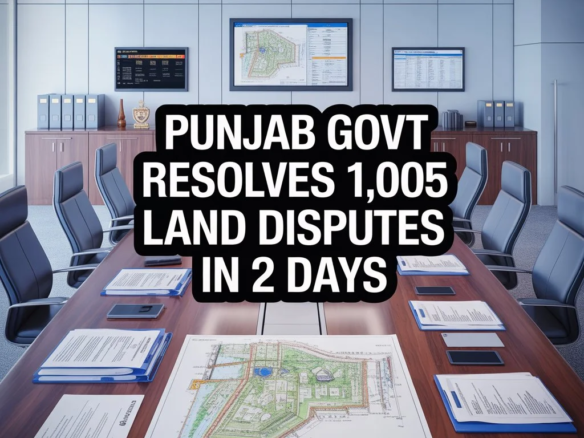The devastating floods in Pakistan have left behind widespread destruction, raising pressing concerns about the safety and future of residential communities. While the water has receded, homeowners and investors are now questioning whether housing societies can still be considered reliable options for both living and property investments. The disaster has not only affected lives but also reshaped the landscape of the real estate Pakistan market.
The Aftermath of Floods in Residential Communities
The Pakistan floods of 2025 impacted thousands of families, especially those residing in organized developments across Punjab. Entire neighborhoods faced flood damage, with collapsed drainage systems, submerged roads, and compromised foundations. Families who once viewed these gated societies as symbols of security and modern living are now grappling with uncertainty about the stability of their homes.
Structural Safety Concerns in Housing Societies
For residents, the biggest question is whether their homes are structurally sound after such an event. Engineers warn that structural damage after floods may not be visible immediately. Foundations often weaken due to soil erosion, while walls develop cracks from prolonged waterlogging. The risk of dampness has introduced issues like mold growth, which affects indoor air quality and long-term livability.
Moreover, housing society infrastructure resilience has come under scrutiny. The lack of effective flood protection measures has revealed design flaws in many projects that previously marketed themselves as “safe investments.”
Daily Challenges in Flood-Affected Communities
Life in housing societies affected by floods in Lahore and other regions is far from normal. Residents are still facing:
- Waterlogging and drainage issues that hinder mobility.
- Broken sewerage lines causing contamination of drinking water.
- Damaged electricity and gas connections leading to unsafe living conditions.
These problems highlight the urgent need for post-flood rehabilitation and housing recovery programs that go beyond temporary relief.
Real Estate Market Impact
The property value after floods in Pakistan has declined significantly in low-lying societies. Investors who once rushed to buy plots in these areas are now reconsidering their options. For many, the event has served as a reminder of the post-flood property investment risks in Pakistan. Developers and builders are under pressure to prove that their projects are future-proof. Without guarantees of safety and resilience, it becomes difficult to attract buyers in an already cautious market.
Investor Hesitation and Market Trends

A noticeable trend has emerged: potential buyers are avoiding flood-prone housing societies in Pakistan. This shift in demand has forced the market to re-evaluate which projects are viable for long-term investments. People now prefer housing schemes built on elevated land with strong drainage systems rather than those vulnerable to seasonal rains.
The real estate market trends after natural disasters show that investors often move capital to safer regions or explore new developments advertised as climate-resilient.
Financial Burden on Homeowners
For those already living in flood-hit housing society homes safe to live in remains a question without a clear answer. Many residents are burdened with repair costs, from redoing electrical systems to restoring interior finishes damaged by water. Without access to flood insurance for homeowners in Pakistan, families are forced to bear these expenses themselves, leading to financial strain.
Government and Developer Response
While the government has launched relief operations, long-term measures are still lacking. Builders and housing society management must now prioritize building climate-resilient housing societies. Features such as stronger drainage networks, elevated structures, and green zones designed for water absorption are no longer optional but essential. Unfortunately, not all developers are willing to invest in these improvements, leaving residents vulnerable to future disasters.
Future Risks and Urban Planning
The floods have raised serious questions about urban planning and flood-prone areas. Many societies were built on riverbeds or reclaimed land without proper environmental assessments. This oversight has directly contributed to the housing crisis, exposing thousands of families to recurring risks. Future developments must prioritize safety, and regulatory bodies should enforce stricter laws to prevent construction in high-risk locations.
Long-Term Solutions for Safer Housing
To ensure security and attract future investors, several measures are needed:
- Stronger Building Codes – Enforcing standards that require homes to withstand heavy rainfall and flooding.
- Resilient Infrastructure – Investing in drainage, levees, and embankments to reduce future damages.
- Awareness Campaigns – Educating homeowners about the importance of flood insurance and disaster preparedness.
- Transparent Marketing – Preventing misleading claims about safety in advertisements for real estate projects.
Only then will safe housing options in Pakistan after floods become a reality rather than a promise.
Lessons from Global Examples
Other countries facing similar challenges offer lessons for Pakistan. For example, in the UK, repeated disasters created post-flood housing safety concerns, making insurance more expensive and reducing demand in floodplains. Similarly, in Australia, entire towns had to be relocated due to recurring disasters, highlighting the cost of ignoring risk assessments. Pakistan must learn from these cases to avoid a permanent housing crisis after floods.
Conclusion
So, are housing societies still safe for living and investment after the recent floods in Pakistan? The answer depends on where they are located, how they were constructed, and what measures are being taken for future resilience. The Punjab housing societies flood impact has made one thing clear: real estate developers and government authorities must rethink urban planning and infrastructure. Investors, meanwhile, should carefully assess property investment in flood-affected areas before committing capital. Life after the disaster is not just about rebuilding it is about making sure communities can withstand future challenges. The future of Pakistan real estate flood recovery lies in stronger planning, safer housing societies, and climate-resilient investments.
Want to know more? Check out Punjab Floods 2025: Impact on Real Estate and Park View City Lahore
Like, share and comment: Facebook, Instagram, Youtube and TikTok





Join The Discussion